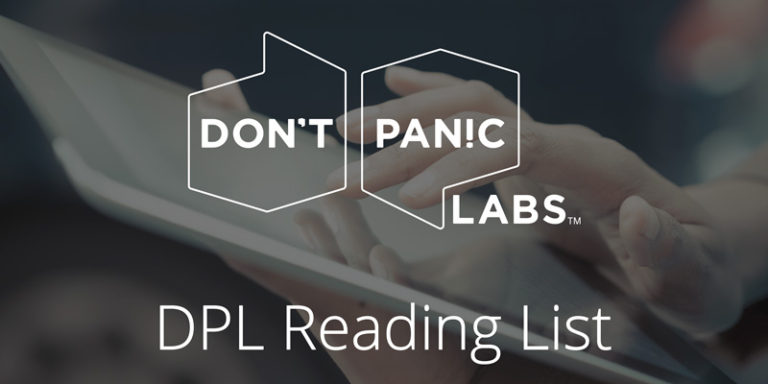
DPL Reading List – June 8, 2018
Become a More Productive Learner – “Today we consume five times more information every day than we did in 1986, an incredible amount that’s equivalent to a 174 newspapers…a day. That probably includes a lot of Instagram posts, but it’s not only social media. The corporate e-learning space has grown by nine times over the last 16 years, such that almost 80% of U.S. companies offer online training for their employees, making more information accessible to them than ever before. One would think that this would translate into increased knowledge. Yet, unfortunately, this does not appear to be the case.”
Disruption Is About Experiences. They Just Happen To Be Enabled By Tech. – “If you’re working on something that you see as being disruptive, you have to make sure that you’re disrupting the previous experience, and doing it well. It’s not always about being shinier — it’s about how it makes your users feel.”
How to Make Sure People Won’t Hate Your New Open Office Plan – “Finding the perfect solution for the design of a new office space is complex. Our study reveals that while physical attributes matter, leaders need to pay attention to place identity as well. Place identity affects not only how people feel but also how they perceive the physical features of the space.”
Damn Girl, You’ve Got a High AQ – “I’m willing to bet that adaptability quotient (AQ) will soon become the primary indicator of success, with IQ and EQ both taking a backseat to how quickly we’re able to keep up with constant change.”
15 jokes only programmers will get – Now for something a little lighter.
The Emoji: Where the Past and Future Collide – “In short, we crave simplicity and the ability to communicate with others. And when a tool such as the emoji comes along which is already well developed and used by millions — it is any wonder why it’s so popular?”
Microsoft sinks data centre off Orkney – “The data centre, a white cylinder containing computers, could sit on the sea floor for up to five years. An undersea cable brings the data centre power and takes its data to the shore and the wider internet – but if the computers onboard break, they cannot be repaired.”



